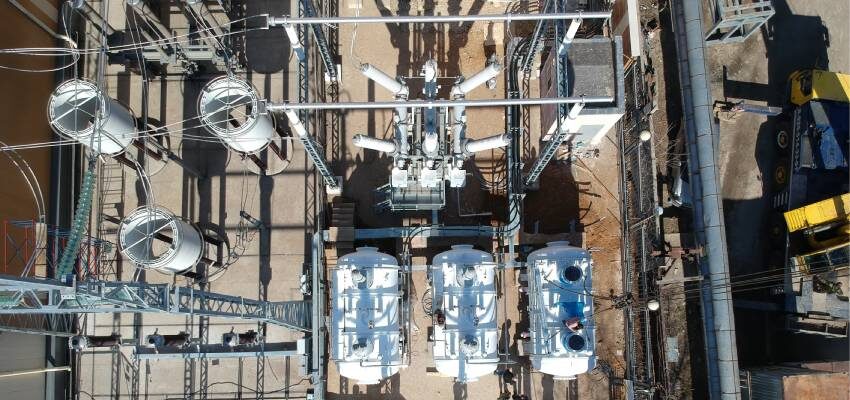
Superconducting fault current limiters for grid protection
The electrical grid gets more complex in order to respond to electrical consumption growth.
bySergey Samoilenkov

The electrical grid gets more complex in order to respond to electrical consumption growth. If it is the grid of a megacity or a large industrial area, the grid density dramatically increases. An increase of transmitted power, a decrease of distances, cabling of transmission lines, and introduction of distributed generation sources – all this leads to the growth of fault current level. We have a fundamental problem here: by becoming larger, the grid inevitably starts to be much more vulnerable to short circuit events. As a result of the grid growth, the impact of fault currents becomes exponentially more significant and expensive. Although the problem needs proper attention at all voltage levels and at the connection between voltage levels through transformers, it is medium and high voltage levels where the cost of the problem is the largest. And that is exactly the point where many new fault current limiting devices start to be applied to the grid.
Fault current issue is normally addressed by grid sectioning, installing current-limiting devices (inductive reactors, Is-limiters, semiconducting devices) [1], or increasing the rating of switchgears.
These approaches have their pros and cons. Grid sectioning is easy and cheap, but it leads to increased losses and a higher probability of blackouts. Using conventional current-limiting devices leads to additional losses, and the number of problems they can solve is limited. For instance, Is-limiters and semiconducting devices are available only for medium voltage range, while inductive reactors have a limited impedance value and produce stray magnetic fields at operation. Increasing the rating of switchgears ultimately leads to rating increases for all grid components, including cables, transformers and busbars. Such serious grid renovation is a costly adventure.
The opportunity – and challenge – for superconducting fault current limiter (SFCL) technology lies in solving of fault current limitation task without the aforementioned flaws.







